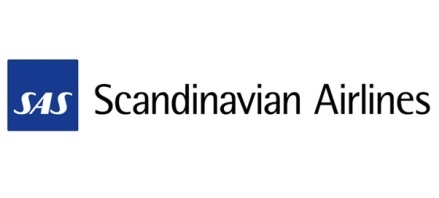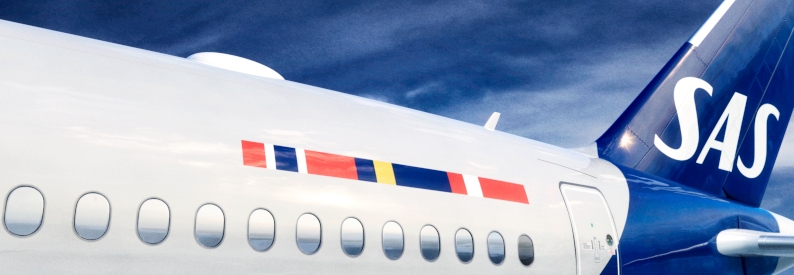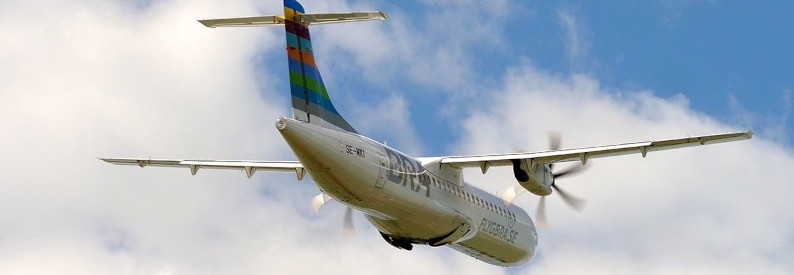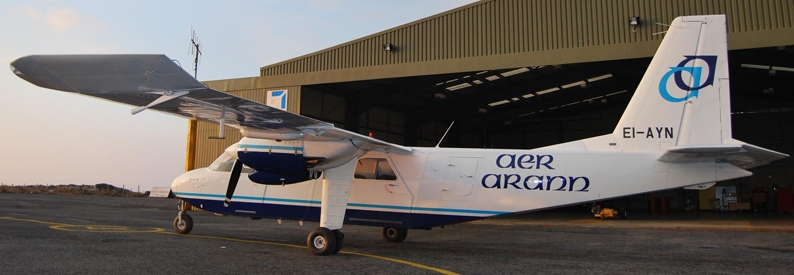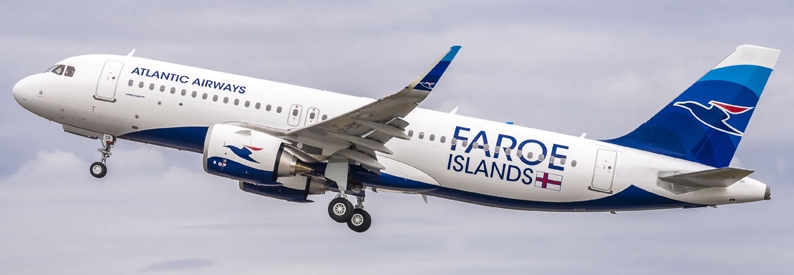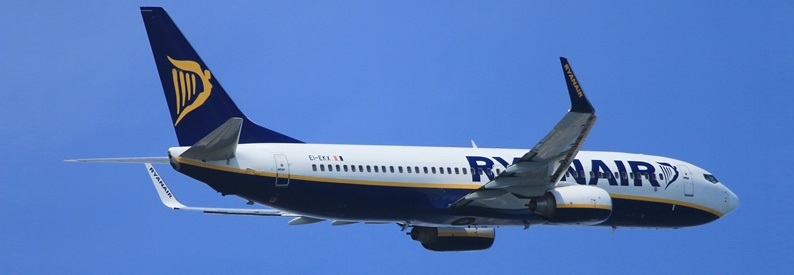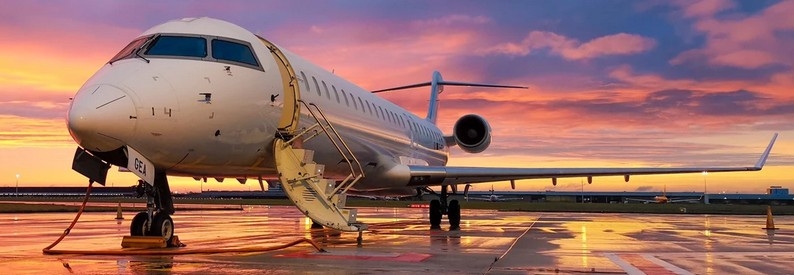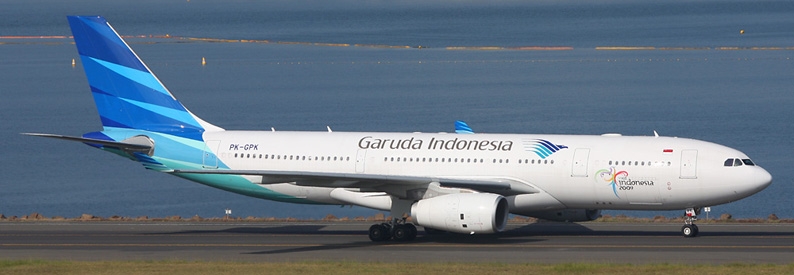With a costly 15-day strike now over, SAS Scandinavian Airlines (SK, Copenhagen Kastrup) must now convince investors that they should support the airline’s rescue plan. It has a few weeks to secure around USD700 million in bridge loans to fund operations, financial sources told Bloomberg News, as it embarks on US Chapter 11 bankruptcy proceedings.
SAS announced the end of the strike action on July 19. It had been staged by all four of the carrier’s pilots unions and cost the company about SEK100-130 million kronor (USD9.8-12.75 million) per day in lost revenue and costs, the company said.
The 5.5-year agreements with the pilots “provide the stability and predictability required by potential investors,” the airline claimed, “taking SAS one important step closer to achieving” the SEK7.5 billion (USD736 million) annual cost savings pledged in its “transformation plan” SAS Forward. The deals “imply increased productivity for the pilots,” and the terms “also yield a lowered unit cost” for them.
But even though the protest - which led to 3,700 cancelled flights - has ended, the company has warned that any investors will need proof that the planned cost savings are achieved in full.
“It’s not enough for SAS to just cut the pilots’ pay, the company must also cut costs for all other employees,” one source told Bloomberg.
One of the airline’s main shareholdings, the government of Sweden, has already said it will not provide further capital. It and other shareholders, including many small retail investors, now face the prospect of a substantial dilution on the value of their shares.
Talks with existing and potential new investors will now resume, CEO Anko van der Werff told the newspaper Dagens Nyheter on July 19, as SAS scouts for “strategic investors, both Swedish and international,” people who “understand the airline industry and how to turn an airline around.” The newspaper estimated the amount that SAS will need from new investors to get the company off the ground again at SEK9.5 billion (USD932 million).
- Type
- Base
- Aircraft
- Destinations
- Routes
- Daily Flights
